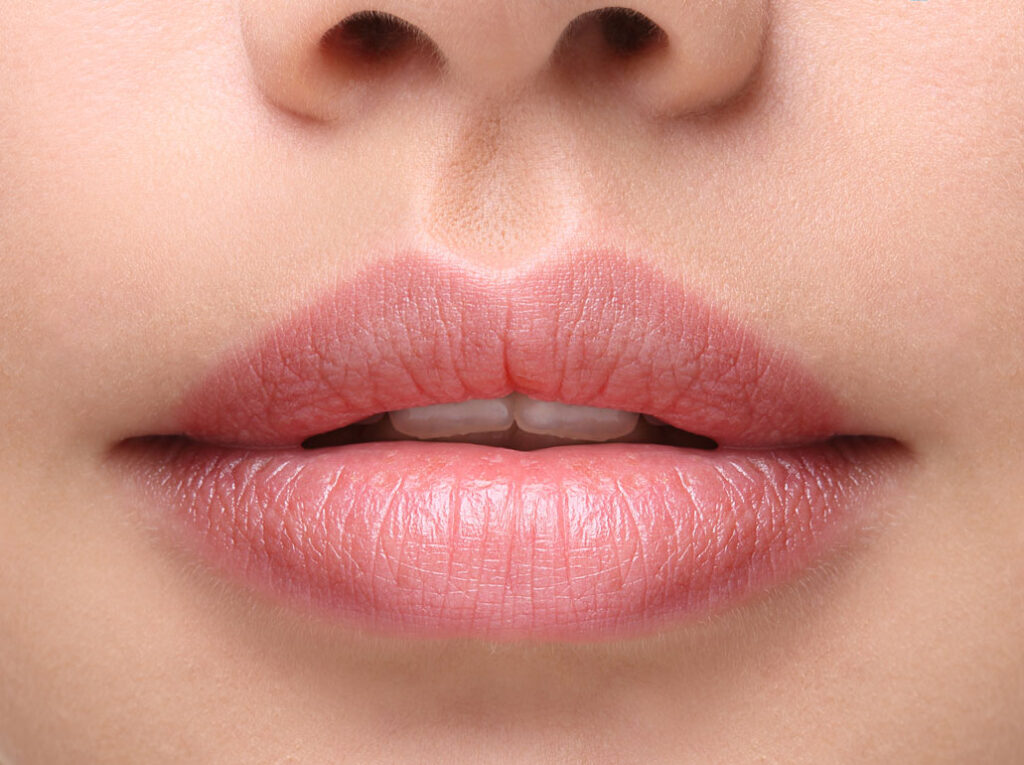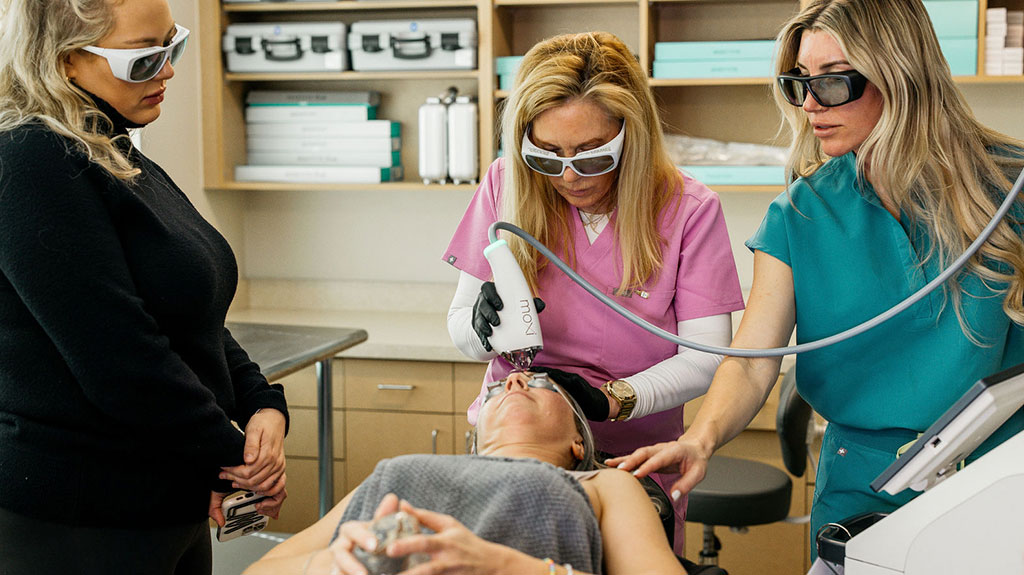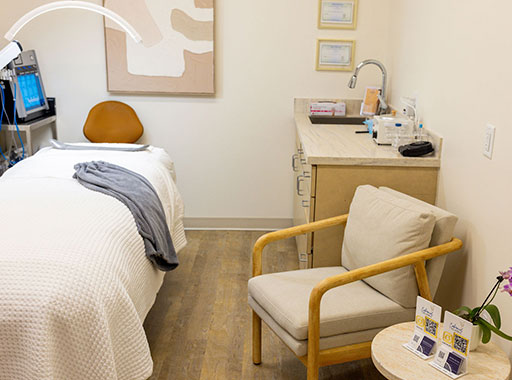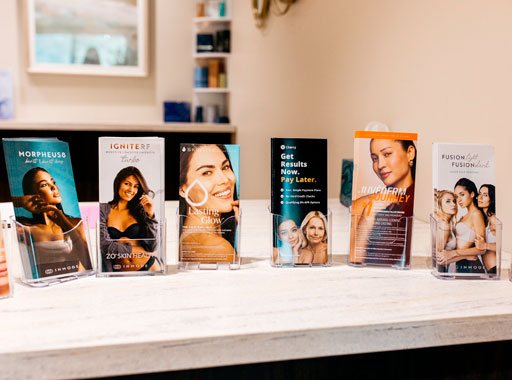Filler injections (dermal fillers) are injectable treatments used to restore volume, smooth out wrinkles, and enhance facial contours. They are typically made of hyaluronic acid (the most common type), calcium hydroxylapatite, poly-L-lactic acid, or other biocompatible materials, depending on the desired effect. Fillers are primarily used for non-surgical facial rejuvenation, offering a quick way to …
- 6215 Humphreys Blvd, Suite 201
- Memphis, TN 38120




